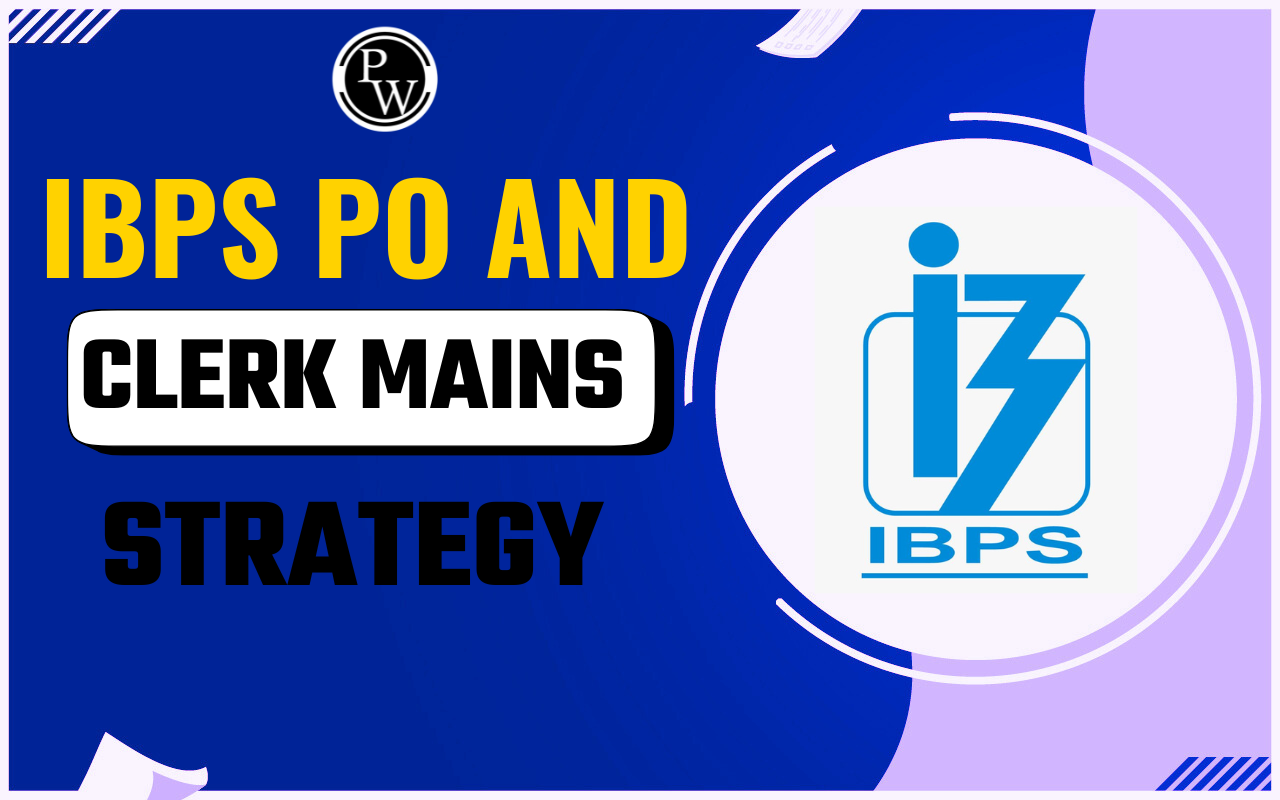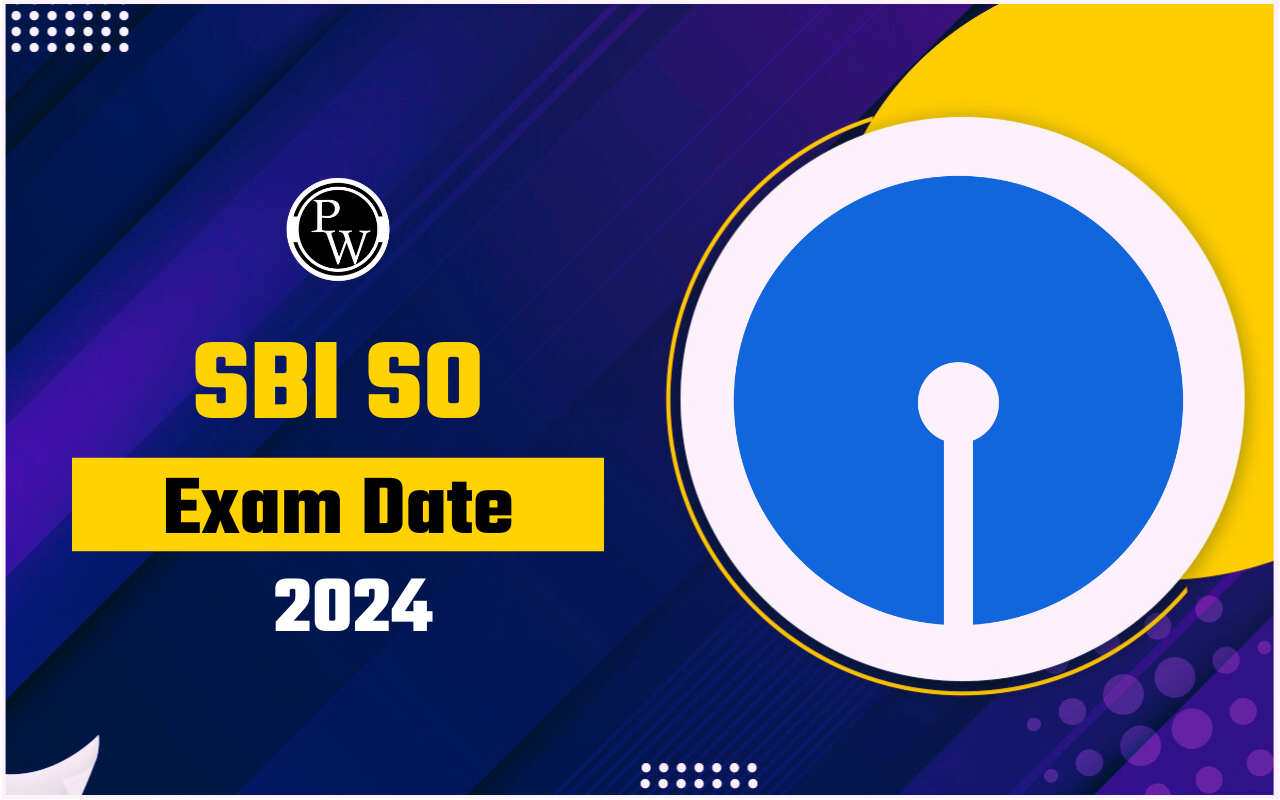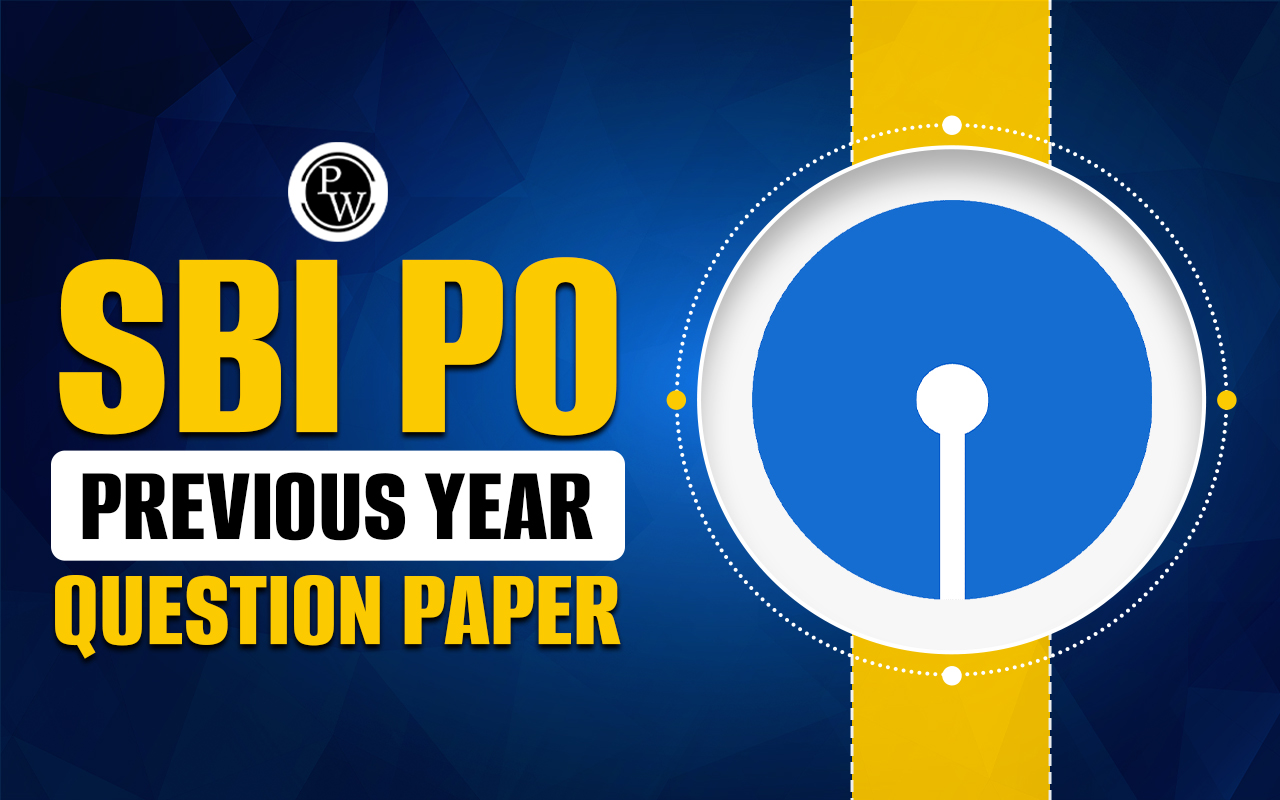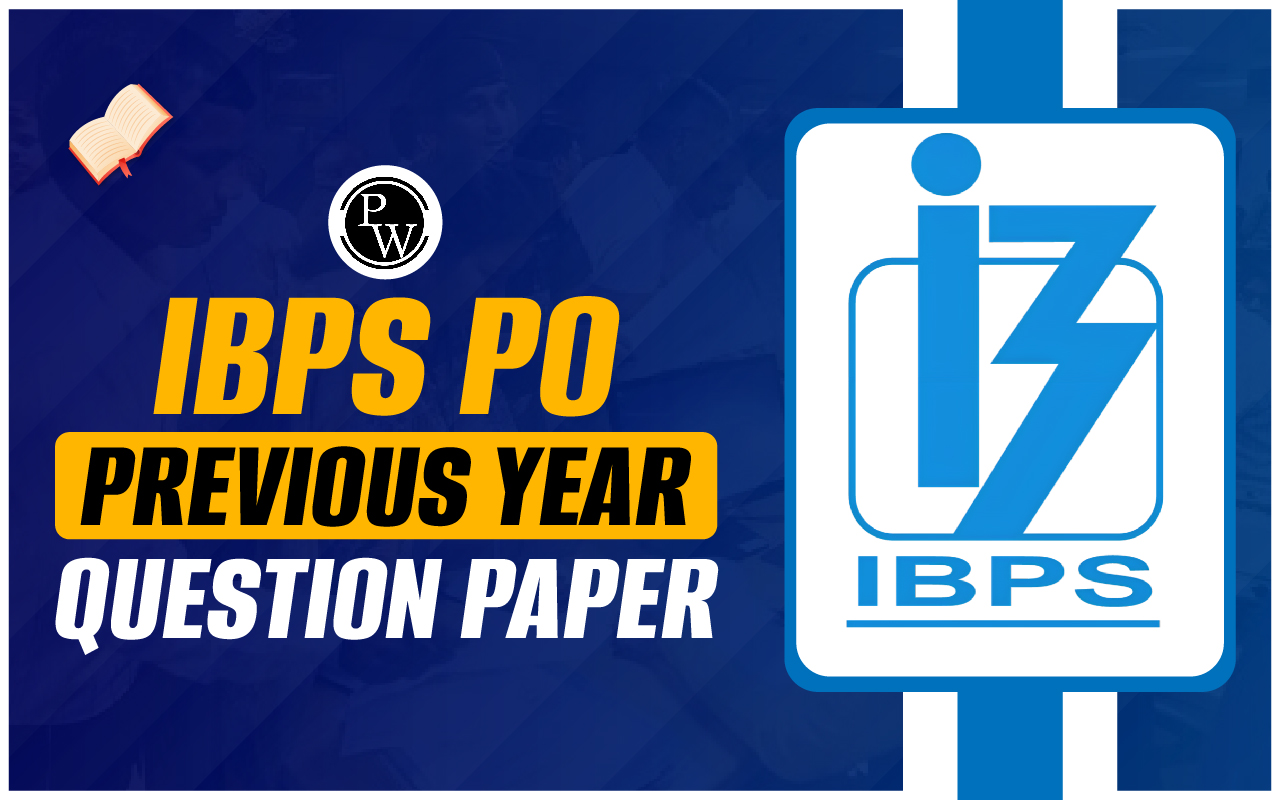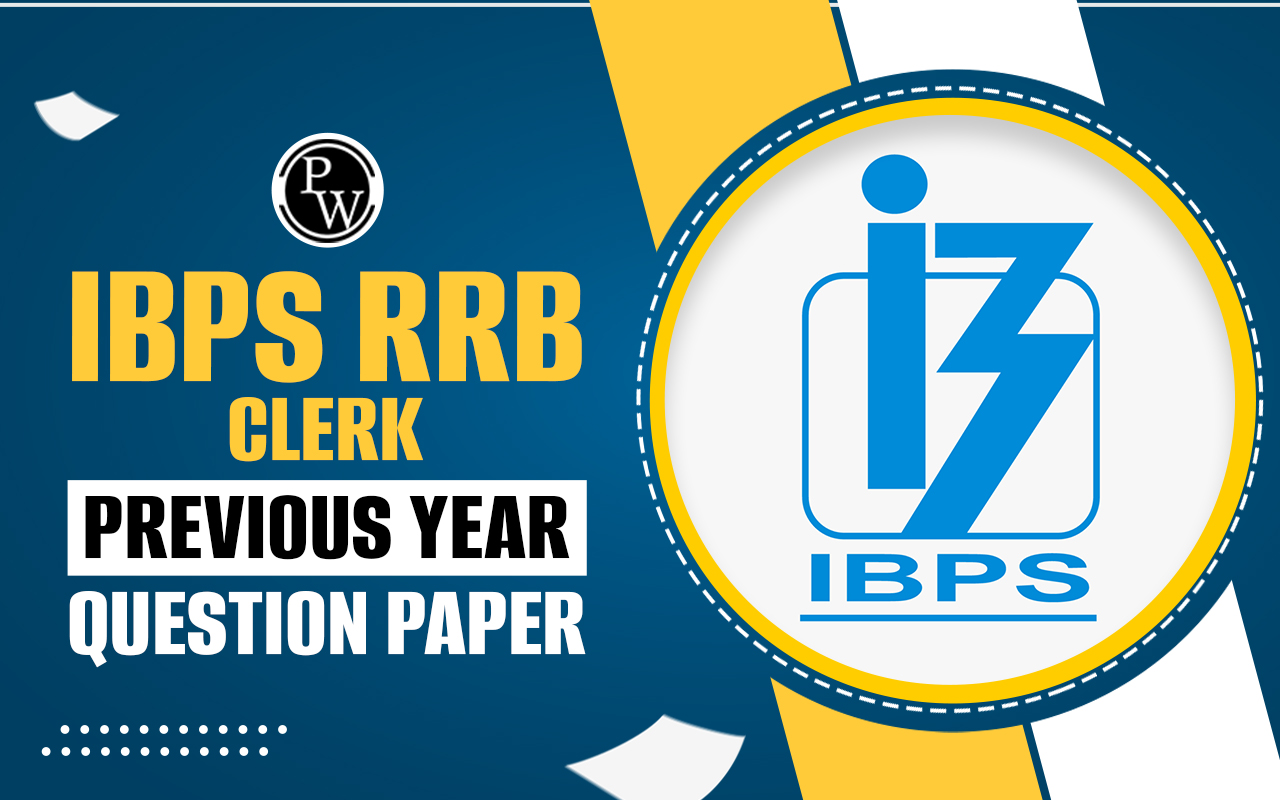
Blood Relation Questions
The most scoring and time saving section in the Logical Reasoning is Blood Relations, and it is one of the few subjects that has proven its relevance in practically every entrance exam.
This subject assesses students' analytical abilities and demonstrates how diagrams can be used to solve logical questions rather than mathematical calculations.
The Blood Relation is one of the core topics which builds the base to learn other topics of Reasoning Ability.
Key Concepts of Blood Relation Questions
In logical reasoning tests, Blood Relations refer to the relationships between individuals based on their familial ties rather than through marriage or other associations. These questions require candidates to analyze and deduce relationships between family members using the information provided.
Types of Blood Relations
1. Direct Relations
-
Definition: These are straightforward relationships that exist between individuals in a family.
-
Examples:
-
Father: A male parent.
-
Mother: A female parent.
-
Son: A male child of one's parents.
-
Daughter: A female child of one's parents.
-
Brother: A male sibling.
-
Sister: A female sibling.
2. Indirect Relations
-
Definition: These are relationships that are derived through direct relationships.
-
Examples:
-
Grandfather: The father of one's father or mother.
-
Grandmother: The mother of one's father or mother.
-
Uncle: The brother of one's father or mother.
-
Aunt: The sister of one's father or mother.
-
Nephew: The son of one's brother or sister.
-
Niece: The daughter of one's brother or sister.
-
Cousin: The child of one's uncle or aunt.
3. Complex Relations
-
Definition: These relationships involve more intricate connections within extended families or through marriage.
-
Examples:
-
Great-grandfather: The father of one's grandfather or grandmother.
-
Great-grandmother: The mother of one's grandfather or grandmother.
Types of Blood Relation Questions
-
Pointing or Introducing Questions:
-
Solution: The lady is the person's wife, as the mother’s father’s only grandchild refers to themselves.
-
-
These questions involve someone pointing to or introducing another person, and candidates must determine their relationship.
-
Example: A person points at a lady and says, "She is the wife of my mother’s father’s only grandchild." What is the lady's relation to the person?
-
Family Tree Questions:
-
Solution: The relationship cannot be determined from the given information.
-
-
Here, candidates need to interpret relationships between different family members based on the information provided.
-
Example: If Rahul is Mohan's son, and Hari is Manu's father, what is the relationship between Kanav and Akash?
-
Coded Relation Questions:
-
P $ Q means P is the sister of Q
-
P % Q means P is the brother of Q
-
P & R means P is the mother of R
-
P @ S means P is the son of S
-
-
In these questions, family members are represented by codes or symbols that candidates must decode to establish relationships.
-
Example: Decode the following:
Tips and Tricks for Blood Relation Reasoning Questions
-
Understand the Given Relationships:
-
Before attempting to solve the problem, carefully read and understand the relationships provided in the question. This often involves deciphering familial terms like father, mother, son, daughter, brother, sister, etc.
-
Construct a Family Tree:
-
Visualize the family tree based on the information given. Drawing a simple diagram can help clarify relationships and make it easier to identify the connections between different family members.
-
Use Gender and Generation Assumptions:
-
Assume standard gender roles (e.g., mother is female, father is male) unless explicitly stated otherwise. Also, consider generational gaps (e.g., three generations above and below) to place individuals correctly in the family structure.
-
Apply Logical Deduction:
-
Use logical reasoning to deduce relationships that are not directly stated but can be inferred from the given information. For example, if A is the father of B and B is the sister of C, then A must be the father of C.
-
Be Mindful of Quantifiers:
-
Pay attention to words like "only," "first," "last," "middle," etc., as they can significantly impact the interpretation of relationships. These qualifiers often provide crucial clues to solving the problem correctly.
-
Practice with Variety:
-
Practice solving different types of Blood Relation questions to familiarize yourself with various scenarios and improve your speed and accuracy in solving them.
-
Use Codes or Symbols Wisely:
-
When dealing with coded relationships, decode each symbol methodically and apply it to the given statements to determine the relationships accurately.
-
Eliminate Ambiguity:
-
Clarify any ambiguous relationships by re-evaluating the information provided. If the relationship cannot be determined from the given data, select the appropriate response, such as "Cannot be determined."
-
Review and Revise:
-
After solving each question, review your approach and verify whether your deductions are consistent with the information given. This practice helps in identifying any mistakes and refining your problem-solving skills.
-
Stay Calm and Focused:
Logical reasoning questions, including Blood Relations, can be tricky but remain calm and focused. Don’t rush through the problem; instead, break it down step-by-step to ensure accuracy.
Blood Relation Examples
Previous Year Questions Of Profit and Loss Asked In Banking Exams
1. A number is increased by 20% and then decreased by 20%. What is the net percentage change in the number?
2. The population of a town increases by 10% every year. If the current population is 20,000, what will be the population after 2 years?
3. The difference between 75% of a number and 60% of the same number is 60. What is the number?
4. In an election between two candidates, one candidate gets 65% of the total valid votes. If the total votes are 6000 and 20% of the votes are invalid, what is the number of valid votes the other candidate gets?
5. A student scores 84 marks in an exam and fails by 16 marks. If the passing percentage is 40%, find the maximum marks.
6. The price of a laptop has decreased by 20%. If the new price is $800, what was the original price?
7. If the population of a town is 60,000 and it increases by 5% annually, what will be the population after 2 years?
8. A man spends 30% of his income on rent, 20% on food, and 10% on travel. If he saves $700 per month, what is his monthly income?
9. A company's total expenditure on salaries is $60,000 per month. If the company wants to increase salaries by 10%, what will be the new monthly expenditure?
10. A person spends 25% of his monthly income on rent, 15% on groceries, and 10% on utilities. If his total expenditure is $1500, what is his monthly income?
Percentage Questions for Bank Exams FAQs
Q1: Why are percentage questions important in banking exams?
Q2: What types of percentage questions can I expect in banking exams?
Q3: How should I prepare for percentage questions in banking exams?
Q4: Are there any shortcuts for solving percentage problems quickly?
Q5: How can I improve my accuracy in solving percentage questions?



